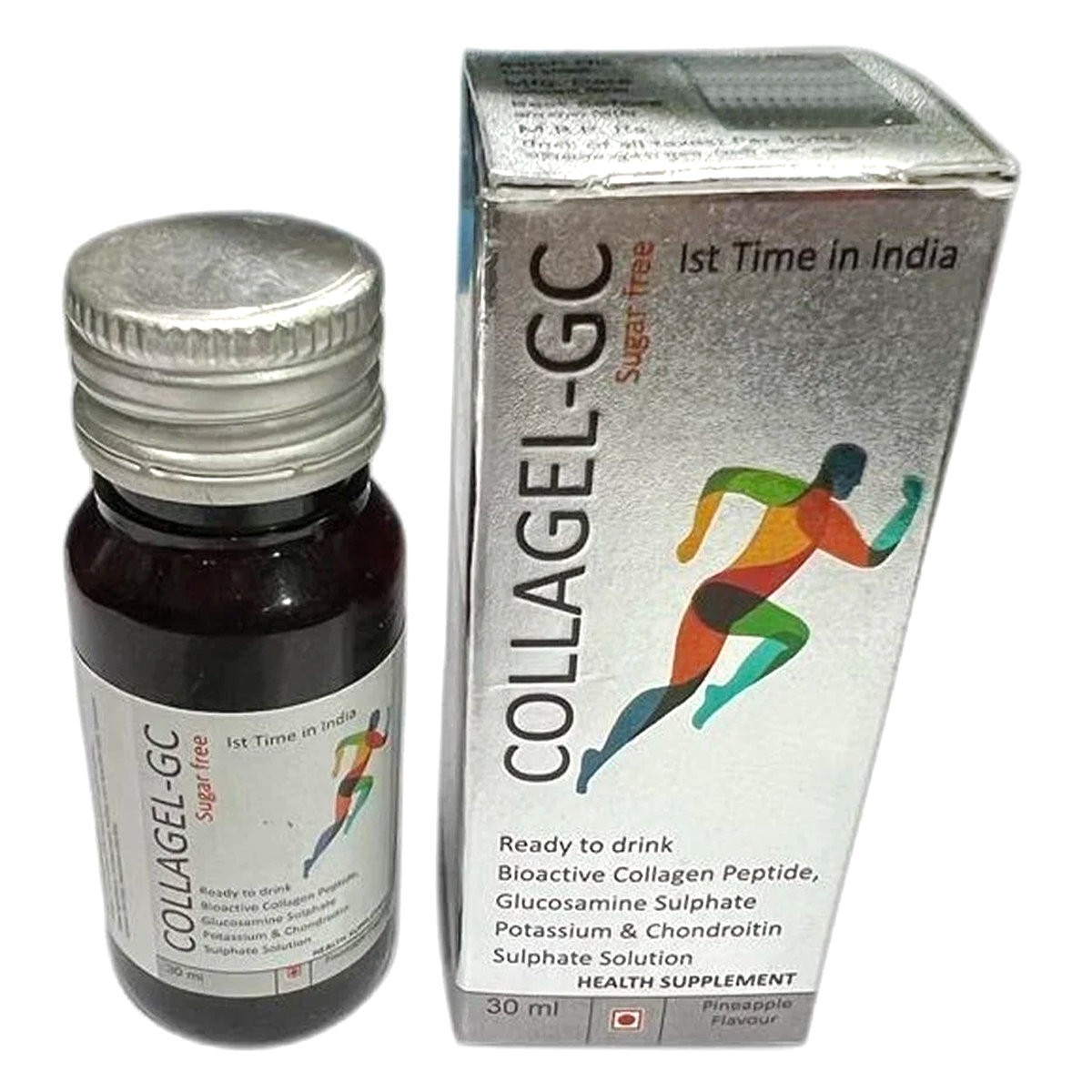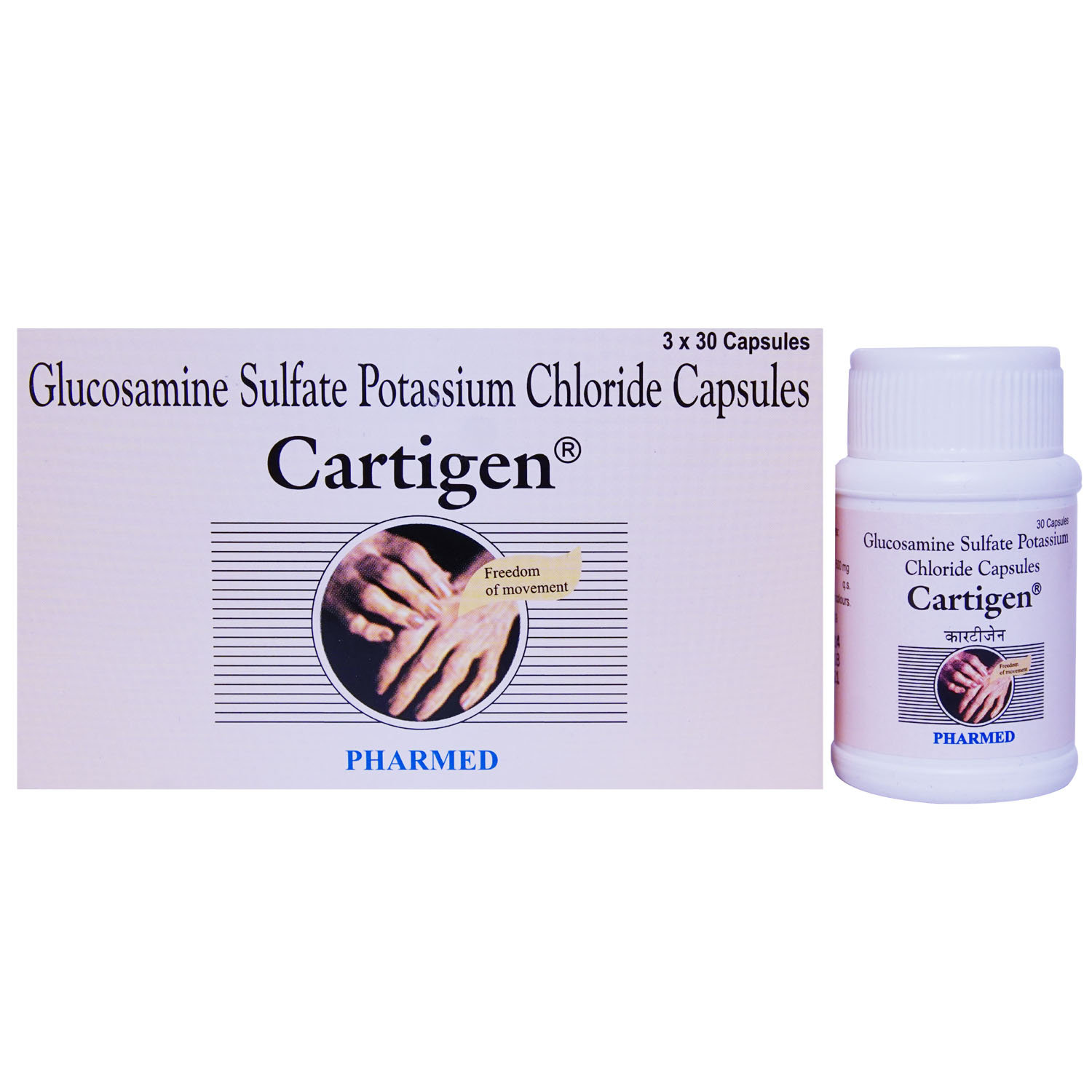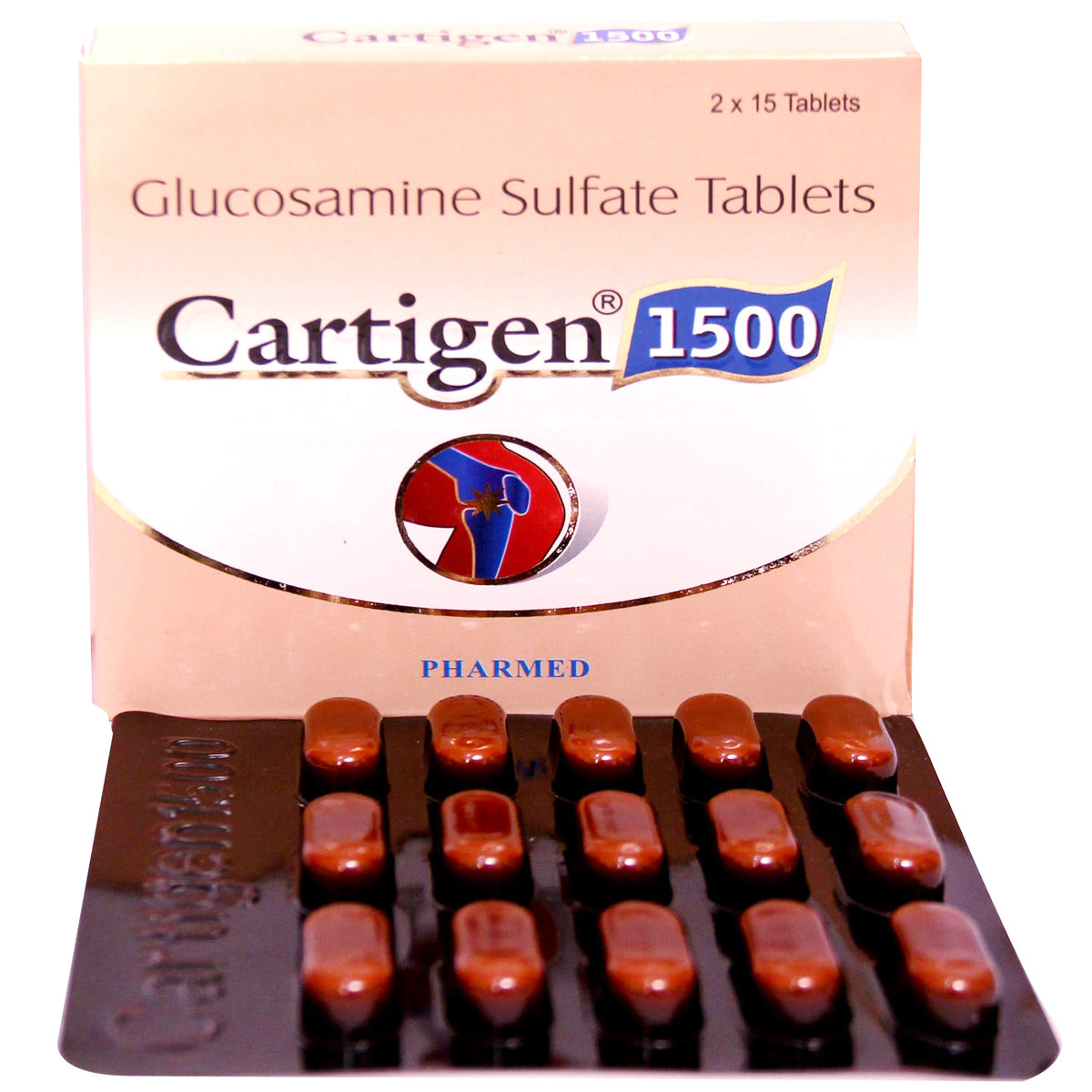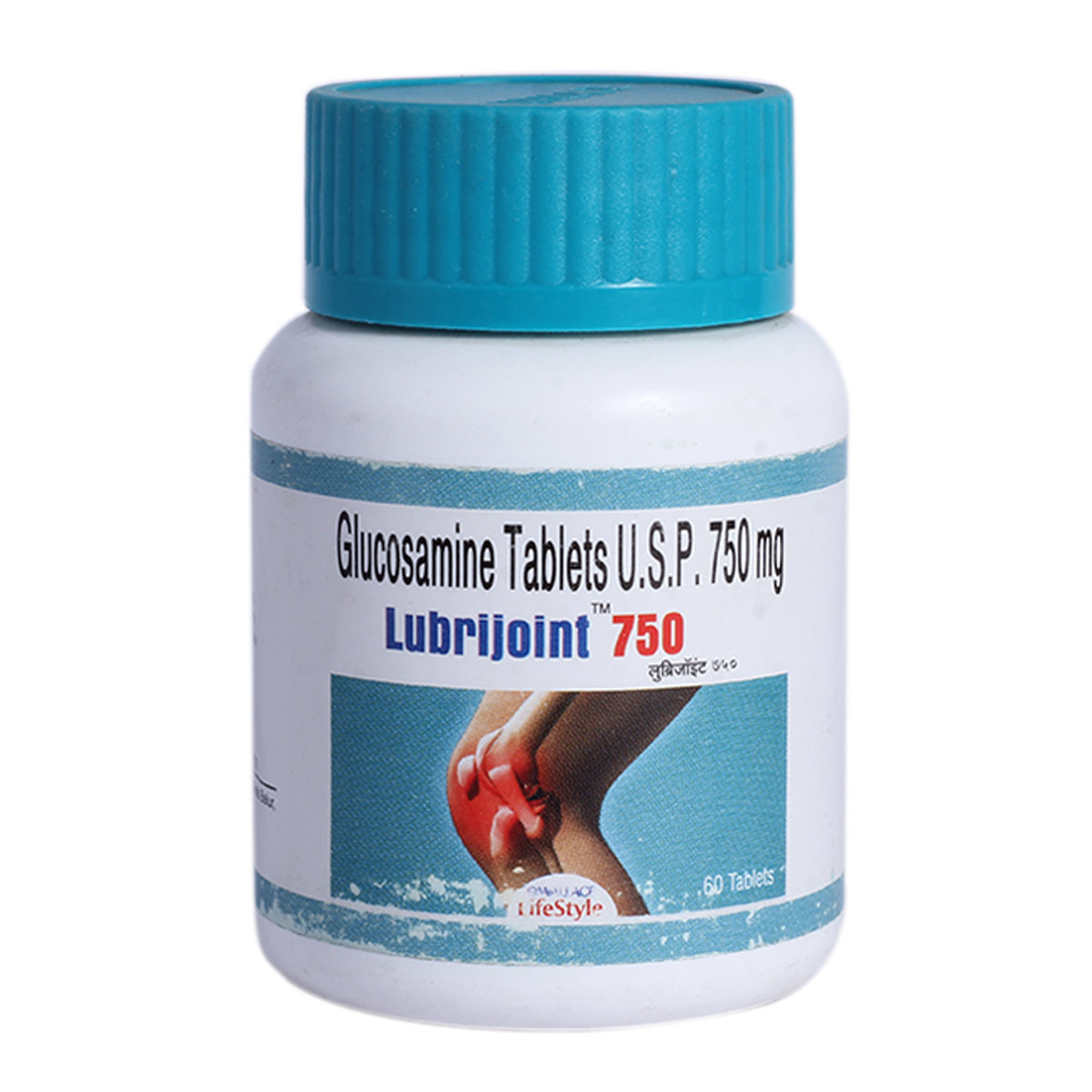Glucosamine Potassium
About Glucosamine Potassium
Glucosamine Potassium belongs to the group of proteoglycan synthesis stimulators primarily used in the treatment of osteoarthritis and in relieving joint pain. Osteoarthritis is a condition in which the joints are affected. It occurs as a result of the disintegration and breakdown of the cushioning tissue and cartilage surrounding the joints.
Glucosamine Potassium contains Glucosamine Potassium, a chondroprotective (chondros meaning cartilage) agent. Glucosamine Potassium works by contributing to the production of bone-protecting cartilage. By producing cartilage, Glucosamine Potassium cushions bones and joints and provides pain relief.
Take Glucosamine Potassium as recommended. In some cases, Glucosamine Potassium may cause certain common side effects such as nausea, vomiting, diarrhea or constipation. Most of these side effects do not require medical attention and will resolve gradually over time. However, you are advised to talk to your physician if these side effects persist or worsen.
Avoid taking Glucosamine Potassium if allergic to it. Glucosamine Potassium is not recommended for use during the first three months of pregnancy. Consult your physician if you are pregnant, planning to get pregnant, or breastfeeding. Glucosamine Potassium is not recommended for use in case of shellfish allergy.
Uses of Glucosamine Potassium
Medicinal Benefits
Glucosamine Potassium is used to reduce pain and inflammation of the joints. Glucosamine Potassium is used in the treatment of joint pain and osteoarthritis. Glucosamine Potassium is chondroprotective (chondros meaning cartilage) agent. Glucosamine Potassium thus works by contributing to the production of bone-protecting cartilage. It stimulates the synthesis of proteoglycan- an essential material for cartilage production. In addition, Glucosamine Potassium exerts anti-inflammatory action and slows down cartilage destruction. Thus, Glucosamine Potassium is responsible for relieving the joints of swelling. By producing cartilage, Glucosamine Potassium cushions bones, joints and provides pain relief.
Directions for Use
Storage
Side Effects of Glucosamine Potassium
- Nausea
- Vomiting
- Diarrhoea
- Constipation
Drug Warnings
Glucosamine Potassium should not be used in case of any known allergy to any of the components. Glucosamine Potassium is not advisable for use in case of a known allergy to shellfish. Inform your physician if you have/had liver problems, kidney disease, diabetes, glaucoma or asthma. Also, inform if you are pregnant or breastfeeding before taking Glucosamine Potassium. Keep your physician informed if you are on any blood-thinners, chemotherapy, anti-diabetic medication, or if you have any surgery or procedure scheduled.
Drug Interactions
Drug-Drug Interactions: Glucosamine Potassium may interact with chemotherapy (doxorubicin), anti-diabetic drugs (Acarbose, Metformin, Pioglitazone, Repaglinide, Rosiglitazone, Glimepiride, Tolbutamide, Troglitazone, Chlorpropamide) and blood-thinners (Warfarin and Coumadin)
Drug-Food Interactions: Some evidence suggests that Glucosamine Potassium may interact with seaweed/alginic acid.
Drug-Disease Interactions: Inform your physician if you have asthma, glaucoma, diabetes, high cholesterol, hypertension and kidney disease.
Drug-Drug Interactions Checker List:
Safety Advice

Alcohol
cautionNot enough data is available about the effect of alcohol on Glucosamine Potassium. Please consult your physician if you have any concerns.

Pregnancy
cautionNot enough information is available on whether Glucosamine Potassium is safe to use during pregnancy. Glucosamine Potassium is not recommended during the first trimester of pregnancy. Please consult your physician if you have any concerns.

Breast Feeding
cautionNot enough information is available on whether Glucosamine Potassium is safe to use during breastfeeding. Please consult your physician if you have any concerns.

Driving
not applicableGlucosamine Potassium does not affect your ability to drive.

Liver
cautionGlucosamine Potassium should be used with caution in those with liver disease. Please consult your physician if you have any concerns.

Kidney
cautionGlucosamine Potassium should be used with caution in those with kidney disease. Please consult your physician if you have any concerns.

Children
cautionIt is not known if Glucosamine Potassium is safe for use in children below 12 years of age. Please consult your physician if you have any concerns.
Habit Forming
Diet & Lifestyle Advise
- Physical activity helps in strengthening muscles and relieves joint stiffness. Gentle activities like 20-30minutes of walking or swimming would be helpful.
- Performing yoga may also help in improving joint flexibility and pain management.
- Maintain a healthy weight by performing regular low-strain exercises and eating healthy food.
- Get adequate sleep as resting the muscles can help in reducing inflammation and swelling.
- Follow heat or cold therapy, apply a cold or hot compress on the joints for 15-20 minutes regularly.
- Acupuncture, massage, and physical therapy may also be helpful.
- Eat foods rich in antioxidants such as berries, spinach, kidney beans, dark chocolate, etc.
- Foods containing flavonoids such as soy, berries, broccoli, grapes, and green tea help in reducing inflammation.
- Avoid smoking and alcohol consumption.
-
Load up on fatty fish, garlic, ginger, broccoli, nuts, berries and green leafy vegetables to promote bone growth and strength.
Special Advise
Patients Concern
Disease/Condition Glossary
Osteoarthritis: Osteoarthritis is the most common type of arthritis. It occurs due to the breakdown of the cartilage that cushions and protects the bones. The disease progresses gradually and tends to worsen if not treated. Symptoms include joint pain in the hips, lower back, knees and hands. It is commonly seen in post-menopausal women.
FAQs
Glucosamine Potassium works by enhancing the production of bone-protecting cartilage and relieving inflammation and pain.
Glucosamine Potassium does not cure arthritis. Glucosamine Potassium is only used to relieve symptoms of arthritis such as joint pain, swelling and stiffness.
One of the observed side-effects of Glucosamine Potassium is diarrhoea and constipation. Hence, it is best to consult your physician for taking Glucosamine Potassium if you suffer from IBD.
In case you miss a dose of Glucosamine Potassium, take it as soon as possible. However, if it is too close to the next dose, revert to the original schedule.
Please see an orthopaedic physician if you have had a fracture. Glucosamine Potassium is used in case of arthritis and has limited use in the treatment of fractures as a fracture is more of a surgical concern.






